
All categories
Featured selections
Trade Assurance
Buyer Central
Help Center
Get the app
Become a supplier

(1250 products available)



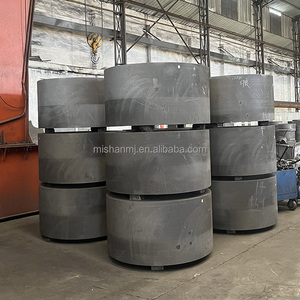
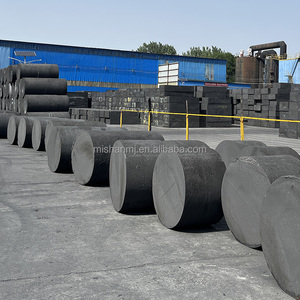




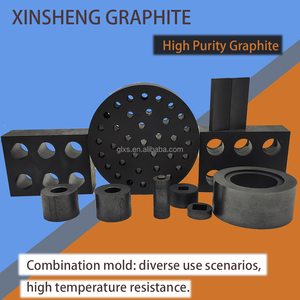





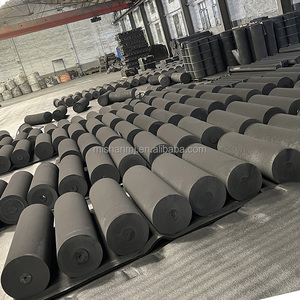
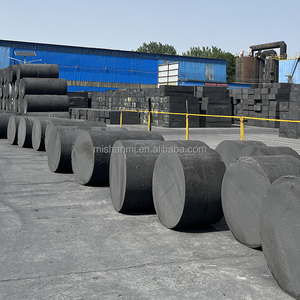
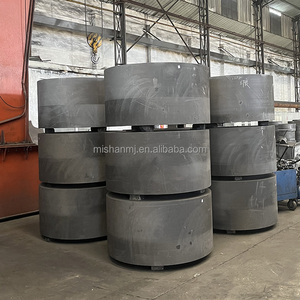
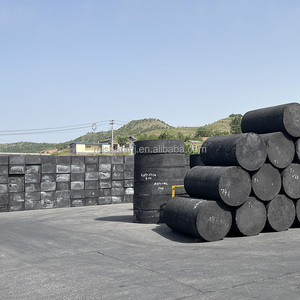


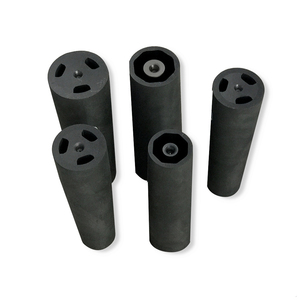





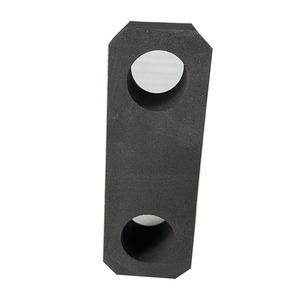



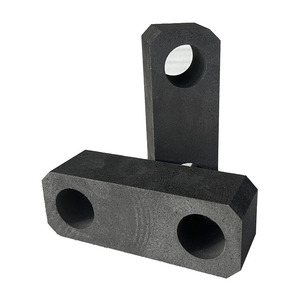

making graphite mold are integral components in various industrial applications, primarily due to their exceptional physical and chemical properties. As a subset of inorganic chemicals, these molds play a crucial role in the manufacturing process, especially in the production of metal products. Known for their high thermal conductivity and superior strength, making graphite mold are essential for creating precision parts and components through casting, stamping, and molding. Their versatility and durability make them indispensable in industries such as automotive, aerospace, and electronics, where precision and reliability are paramount. The ongoing advancements in materials science continue to enhance the performance and applications of making graphite mold, making them a cornerstone in modern manufacturing.
There are several types of making graphite mold available, each tailored to specific applications and industry requirements. Common types include extruded graphite molds, isostatic graphite molds, and molded graphite molds. Extruded graphite molds are known for their high density and strength, making them suitable for applications requiring durability and thermal stability. Isostatic graphite molds offer uniform properties and are ideal for complex shapes and high-precision requirements. Molded graphite molds are versatile and can be customized to meet specific dimensions and tolerances. Each type of making graphite mold is engineered to withstand extreme temperatures and pressures, ensuring optimal performance in demanding environments.
The primary function of making graphite mold is to facilitate the shaping and forming of materials under high temperatures and pressures. They are renowned for their high thermal conductivity, which allows for efficient heat transfer during the molding process. This property is crucial in applications such as metal casting, where consistent temperature control is necessary to achieve high-quality results. making graphite mold also possess excellent chemical resistance, ensuring longevity and reliability in corrosive environments. Additionally, their ability to withstand mechanical stress without deformation makes them ideal for high-pressure applications. The lightweight nature of making graphite mold contributes to ease of handling and installation, further enhancing their utility in industrial settings.
The production of making graphite mold involves the use of high-purity graphite, which is derived from natural or synthetic sources. The choice of graphite impacts the mold's thermal and mechanical properties, with high-purity graphite providing superior performance in critical applications. Additives such as binders and reinforcements may be incorporated to enhance the mold's structural integrity and thermal properties. The manufacturing process involves careful selection and treatment of materials to achieve the desired density, porosity, and strength. As sustainability becomes a priority, innovations in material sourcing and processing are being explored to reduce the environmental impact of making graphite mold, promoting eco-friendly practices in industrial manufacturing.
To maximize the benefits of making graphite mold, it is essential to understand their specific applications and limitations. Selecting the appropriate type of mold based on the material and process requirements is crucial for optimal performance. Proper handling and maintenance are also vital to ensure longevity and reliability. Regular inspection and cleaning of making graphite mold help prevent contamination and wear, maintaining their efficacy in high-temperature environments. Users should be aware of the thermal expansion properties of graphite to avoid potential stress and deformation during use. In industrial settings, making graphite mold can be integrated into automated systems for enhanced efficiency and productivity, streamlining the manufacturing process while maintaining high-quality standards.
Selecting the ideal making graphite mold for your industrial needs involves several key considerations. Firstly, understanding the specific application is essential. Different processes such as metal casting, glass molding, or semiconductor manufacturing may require distinct types of molds with particular properties. For example, if the process involves high thermal loads, a mold with superior thermal conductivity is crucial. Additionally, the material being shaped or formed plays a significant role in determining the most suitable making graphite mold. Metals with higher melting points necessitate molds that can withstand extreme temperatures without degrading.
The design and dimensions of the mold are also critical factors. Depending on the complexity of the component being manufactured, you may need a mold that offers precise detailing and customization. Isostatic graphite molds, known for their uniformity, are often preferred for intricate designs. On the other hand, the production scale and frequency of use can influence the choice of making graphite mold. For high-volume production, durability and resistance to wear are key attributes, which can be achieved through selecting molds with enhanced mechanical properties.
Graphite molds offer numerous advantages in manufacturing, including high thermal conductivity, which ensures efficient heat distribution during processes like metal casting. Additionally, making graphite mold exhibit excellent chemical resistance, making them suitable for use in corrosive environments. Their ability to maintain structural integrity under high pressure and temperature conditions further enhances their utility in various industrial applications.
The purity of graphite used in making graphite mold significantly impacts their performance. High-purity graphite provides superior thermal and mechanical properties, essential for applications requiring precise temperature control and durability. Lower-purity graphite may be more cost-effective but could compromise performance in demanding applications due to increased porosity and reduced strength.
Yes, making graphite mold can be highly customized to meet the unique requirements of different industrial applications. Customization options include varying the mold's size, shape, and surface texture to accommodate specific design and production needs. Advanced manufacturing techniques allow for the creation of molds with intricate details and tight tolerances, ensuring compatibility with the intended application.
Proper maintenance of making graphite mold is crucial for ensuring their longevity and performance. Regular cleaning and inspection help prevent the buildup of residues that could affect mold performance. It is also important to monitor the mold's structural integrity, checking for signs of wear or damage that may necessitate repair or replacement. Additionally, understanding the thermal expansion properties of graphite can help prevent stress and deformation during use.
While making graphite mold themselves are not inherently harmful to the environment, their production and disposal can have ecological impacts. Manufacturers are increasingly exploring sustainable practices, such as sourcing graphite from environmentally responsible suppliers and implementing recycling processes for used molds. Additionally, innovations in material processing aim to reduce the carbon footprint associated with the production of graphite molds.